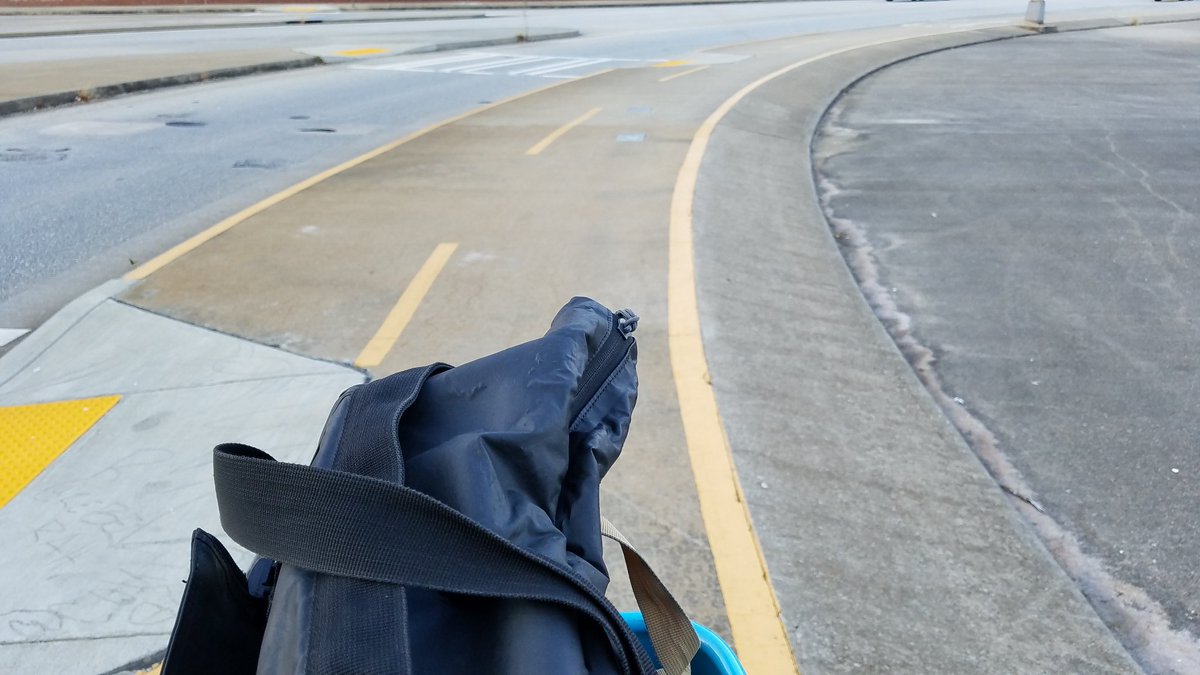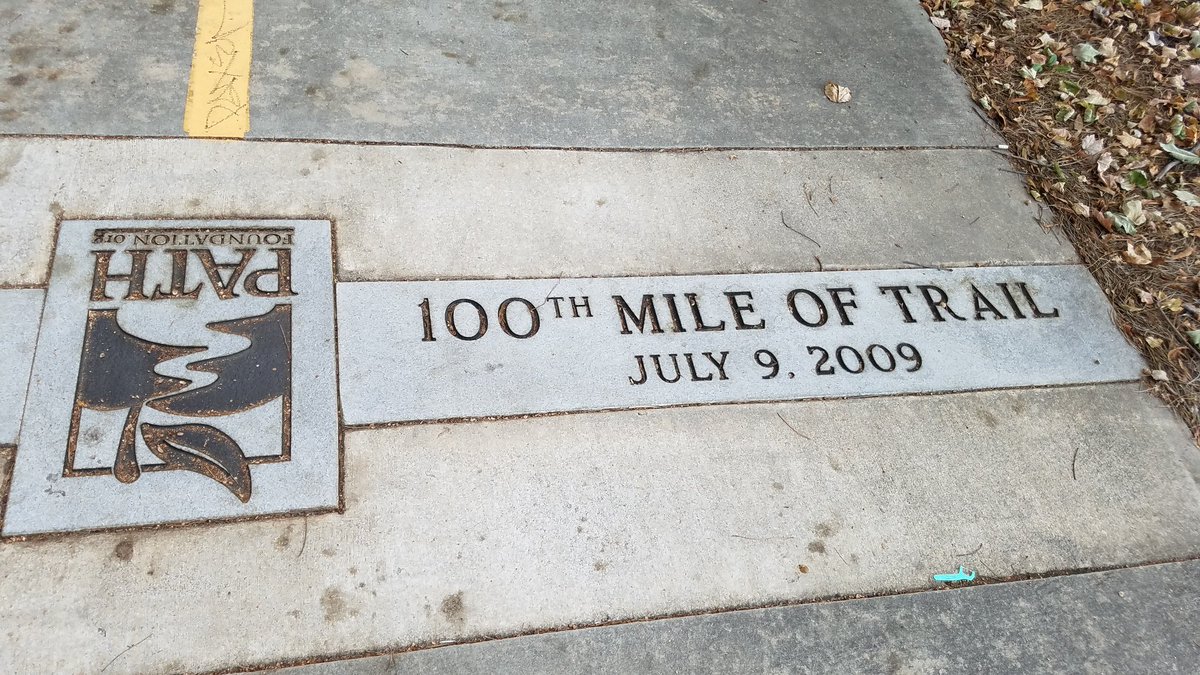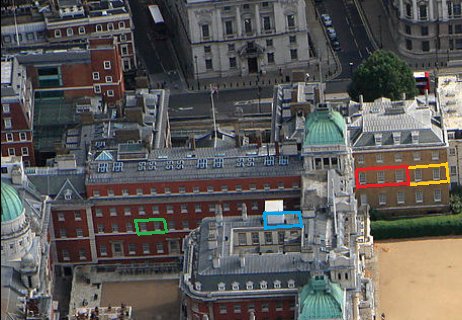However there's one biosecurity incident that still perplexes entomologists.
For this week's #DeepDive, let's talk about The 1989 California Medfly Incident

Conservatively, an introduction would cost tens of billions of dollars in damage.
flic.kr/p/7n9VsS
People go on vacation, fruit ends up in luggage, and California is a major travel hub.
Consequently, California is always watching out for medflies
I mean, if you're monitoring for pests...why not set up a station at a ballpark and catch the game?

Malathion is relatively safe, and fairly effective, but this is over downtown LA.
Officials already knew that this was unpopular.
lat.ms/2Gvd2it
Malathion smells really bad, and sprays can leave residue...but it is fairly safe.
Best tool at the time.
articles.latimes.com/1989-11-28/loc…
1.) The flies seemed to always appear just outside the quarantine/spray areas
2.) The flies were mostly gravid females
3.) They weren't finding any larvae
Specifically, they said they were breeding and releasing the flies to render Malathion spraying unfeasable.
Nobody knew quite what to make of it.
articles.latimes.com/1989-12-03/loc…
The flies appeared to be susceptible to pesticides, but were spreading too quickly for agricultural workers to really contain.
This was a major problem.

nytimes.com/1989/12/10/us/…
At the time, some scientists even thought that the medfly was established at levels too low to detect.
Finally, in February, the USDA placed classified ads in the LA Times to seek out contact with The Breeders.
Again, I can't find the exact ad...but the text is in here:
articles.latimes.com/1990-02-10/loc…
These details are recounted in the book Six Legged Soldiers by Jeffery Lockwood, but aren't online AFAIK.
amzn.to/2Is4Chz
That specimen, unfortunately, never arrived.
The Breeders stopped contact, and have never been identified to this day.
So they started releasing their own medflies.
articles.latimes.com/1990-05-16/new…
The medflies the USDA was releasing were mass-reared males which had been sterilized with radiation, to ensure the females would lay eggs that wouldn't develop.
flic.kr/p/VqBRmi
Nowadays the larvae are reared on a diet containing antibiotics (I think streptamycin), and are sorted by color. Males are bred to be heat tolerant; females die when hot.
Again, this is a simplified version of the modern technique...but the basics were known back then.
flic.kr/p/Ukvweo
We just don't know.
Invasive species can cause a lot of damage, and we're still vulnerable to attack.
If The Breeders ever truly existed, their tactics were disturbingly clever...and we may not be so lucky next time.
The final chapter of this story is here:












